Raspberry roots go deep into the ground within a radius of 10–40 cm, entwining a lump of soil with a diameter of 1–2 m. The growth of its roots is limited, and the plant absorbs nutrients within two years after planting in the soil. In the future, without fertilizing, the raspberries will begin to weaken, and the amount of harvest will rapidly decrease. In the spring, it is important for the gardener to choose a fertilizer that will help increase the green mass of the raspberry tree.
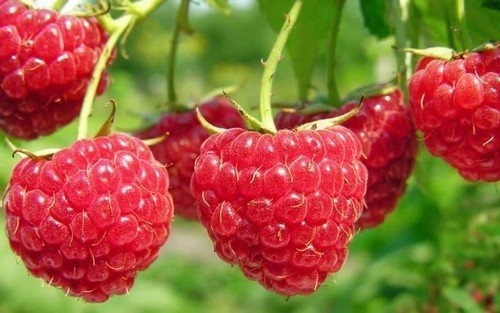
How to choose the right fertilizer
Missing or excess elements can be determined by the external signs of the shrub:
- faded small leaves that stop growing – nitrogen deficiency;
- active growth of shoots and leaves, shedding of unripe berries - excess nitrogen;
- browning of the leaf - need for potassium;
- thin weak shoots – phosphorus deficiency;
- the leaves turn yellow from the center to the edge - a lack of magnesium.
Young raspberry plants especially need feeding in the spring. Fertility and fertilizer are directly related for raspberries; the shrub can produce a truly large harvest only with the correct high-quality enrichment of the soil with nutrients.
Classification of nitrogen fertilizers
Nitrogen fertilizers are applied once; due to the excess dosage of fertilizers, the stems will begin to fatten - the branches will grow strong and large, but will produce a large number of small berries or will not bloom at all.
Fertilizers containing nitrogen include 3 types:
- mineral;
- organic;
- organo-mineral.
Mineral feeding
The right time for nitrogen fertilizing is when the ground has just thawed, then the raspberry plant will have enough time to absorb the fertilizer. The most common nitrogen fertilizers are carbamide (urea), ammonium nitrate, and wood ash. For 1 sq. m, 15–20 g of fertilizer is used - they are applied to the moist soil, distributing the granules and slightly loosening the soil.
If the soil is dry, liquid fertilizing is performed. To do this, fertilizer granules in the same amount are dissolved in 10 liters of water and the solution is evenly poured over an area of 1 square meter. m.
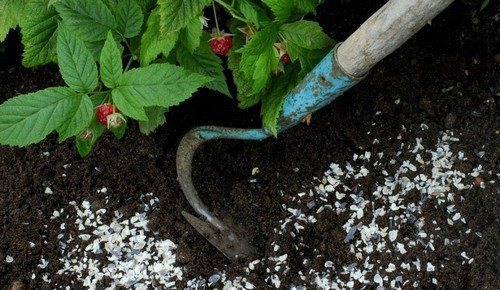
If after feeding the raspberries begin to grow, the leaves become green, the stems become strong, there is no longer any need to feed the bush. If no changes occur, fertilize again after 15 days.
It is also recommended to combine mineral fertilizing with organic fertilizing.
Organic feeding
Organic fertilizing involves treating the soil with natural substances.
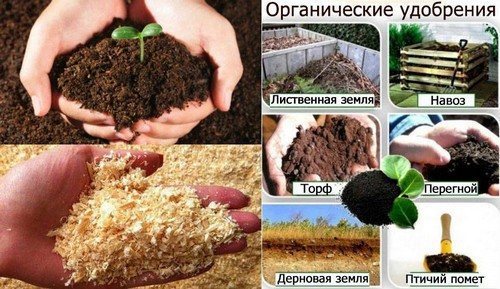
This method of fertilization has a drawback: the same fertilizer differs in the quantity and composition of nutrients, which means it is impossible to determine their dosage.
Raspberries can also be overfed with organic fertilizers, which will cause fattening of the shoots, and burns of the roots are also possible.
Norms for applying organic fertilizers
The following standards exist for treating soil with organic fertilizer:
- Humus. One bucket of humus should be scattered per 1 square meter. m of soil, embed in the ground, water abundantly. The disadvantage of this method is that it attracts pests (mole crickets, beetles).
- Mullein infusion. Fill the bucket 1/3 full with mullein, add water to the top and cover. Allow the mixture to ferment for 7–10 days, stirring occasionally.Next, the composition is diluted with water 1:10 and the soil is treated at the rate of 10 liters per 1 sq. m.
- Infusion of bird droppings. The fertilizer is prepared in the same way as the mullein infusion, but it is diluted with water in a ratio of 1:20, the consumption is 10 liters per 1 square meter. m.
- Infusion of weeds or nettles. For this method of feeding, it is recommended to select the most juicy plants and chop them. Then they fill the container and add 10 liters of water. The mixture is infused for 7–10 days. It is necessary to dilute the infusion in a ratio of 1:5 and process the raspberries at the rate of 10 liters per 1 square meter. m.
Green manure as fertilizer
Green manure can free the summer resident from feeding throughout the spring season.
To do this, legume plants should be planted between the rows. Green manure in the upper layers of the soil will accumulate nitrogen, and when buds appear on them, they must be mowed, crushed and embedded in the ground. By rotting, they will enrich the raspberries with macro- and microelements.
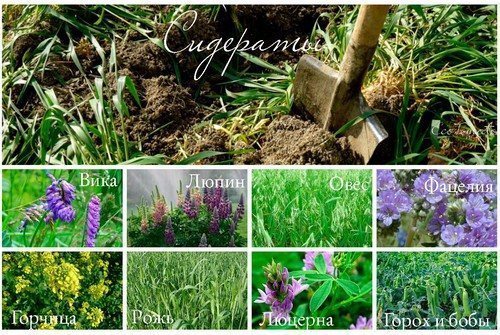
By providing the soil with the required amount of nutrients, the raspberry plant will produce a large harvest of berries. However, it is recommended to adhere to the rule: it is better to underfeed than to overfeed.


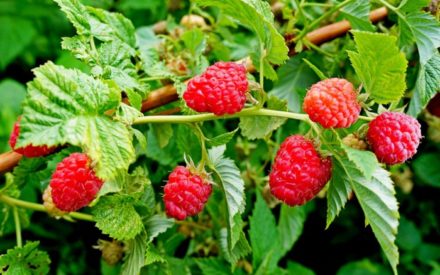
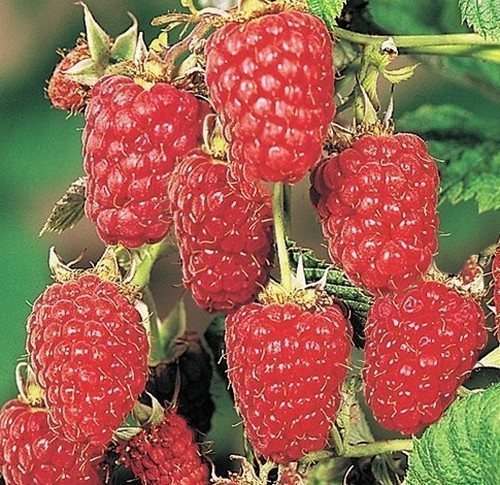

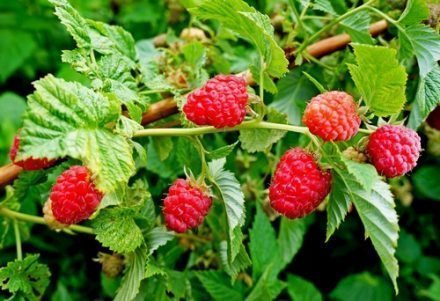
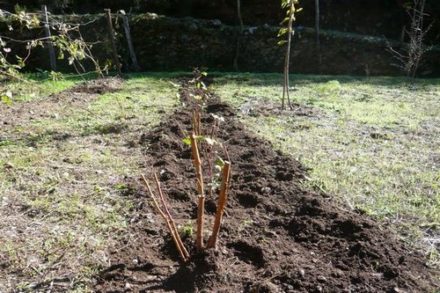
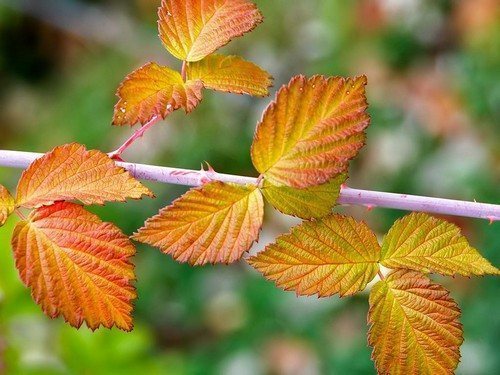
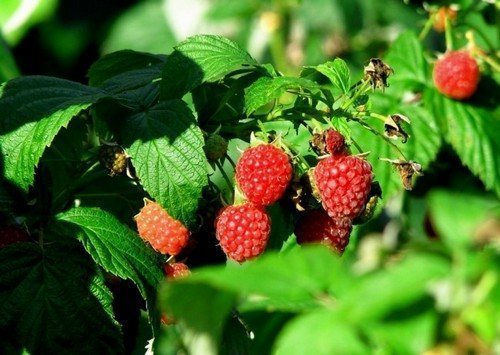
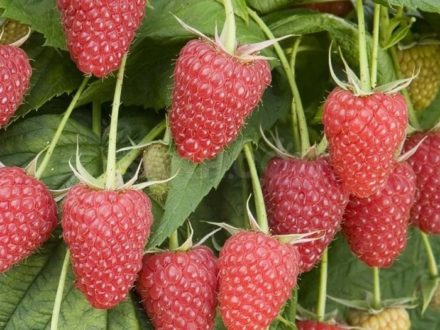
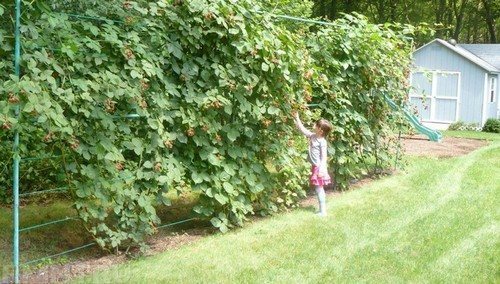

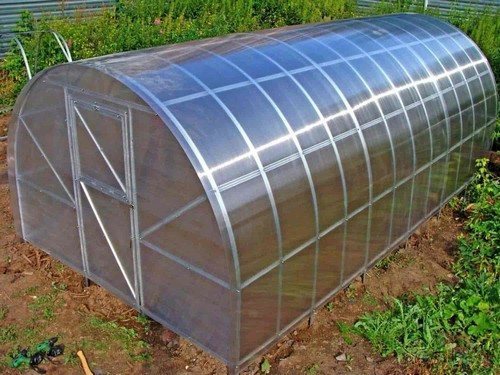
thanks for the advice